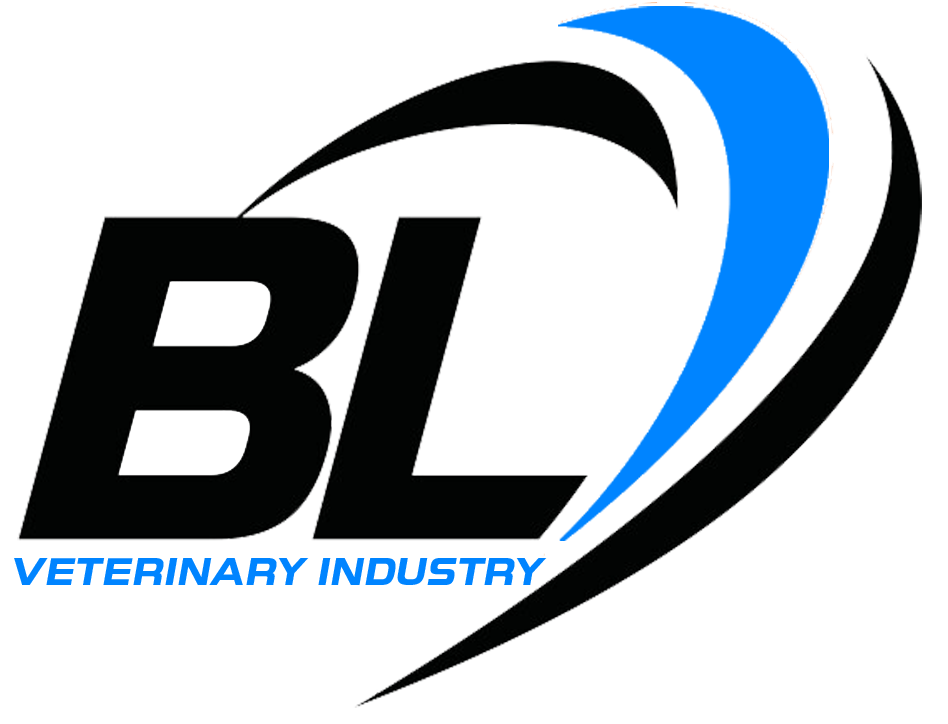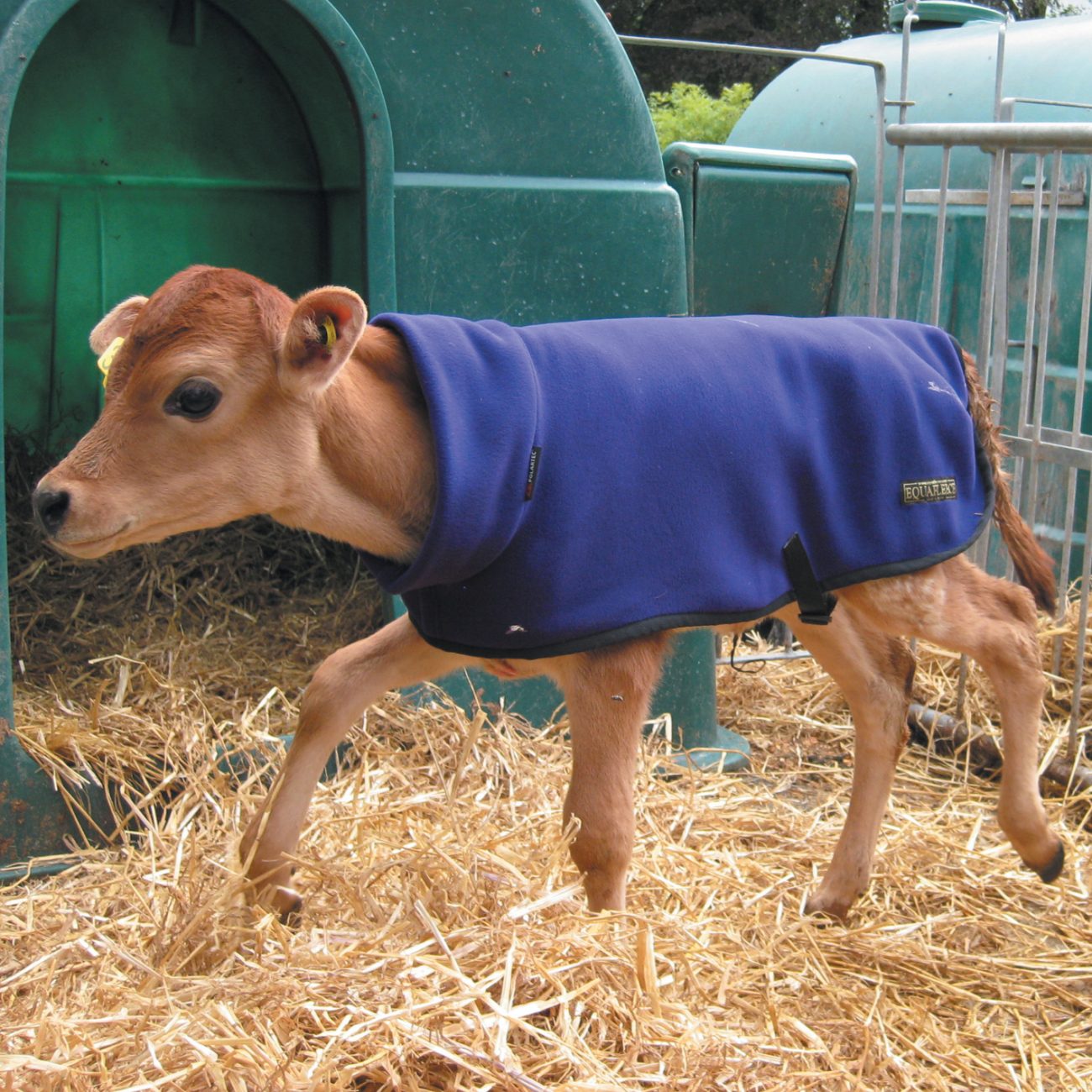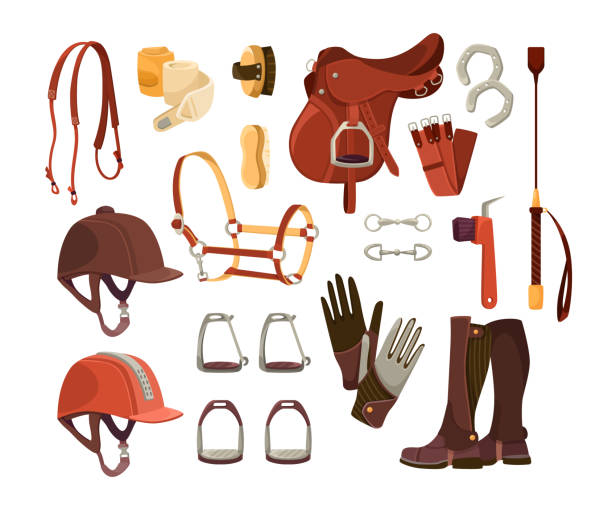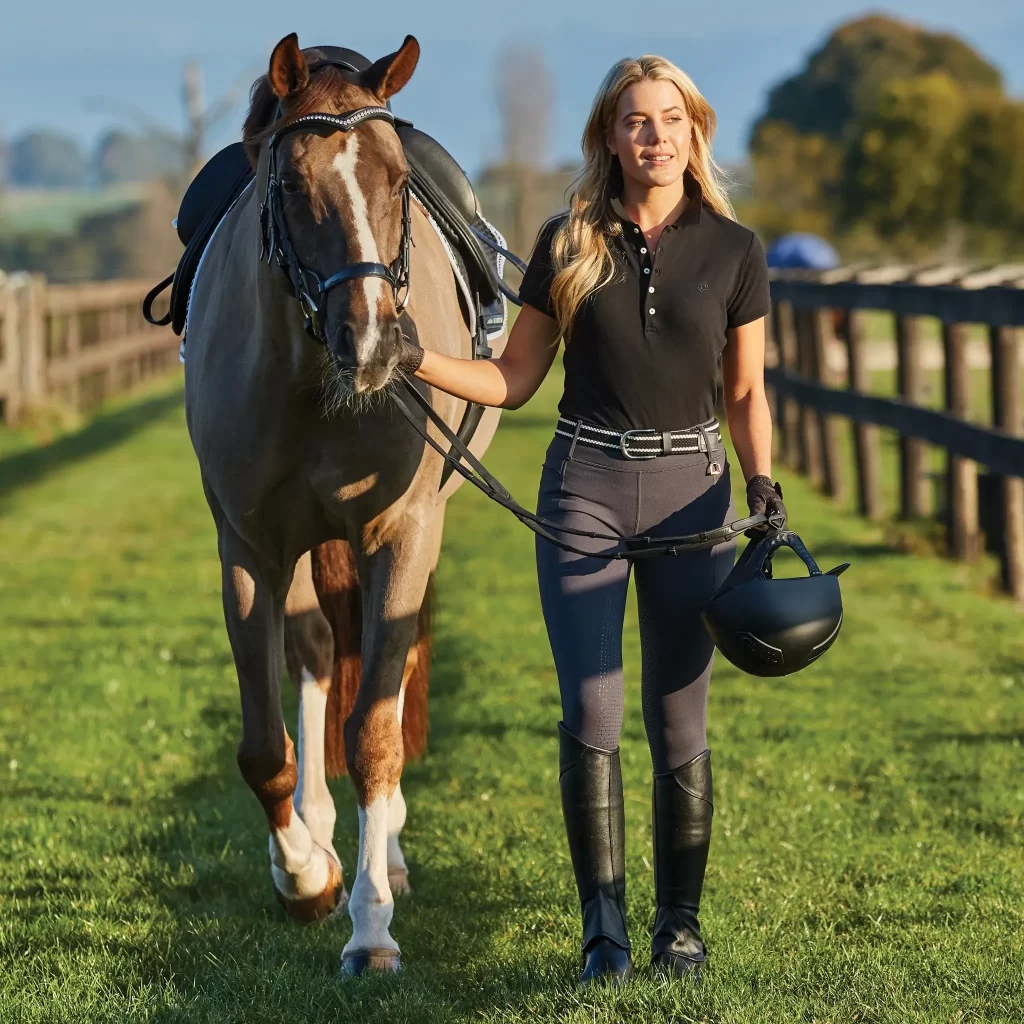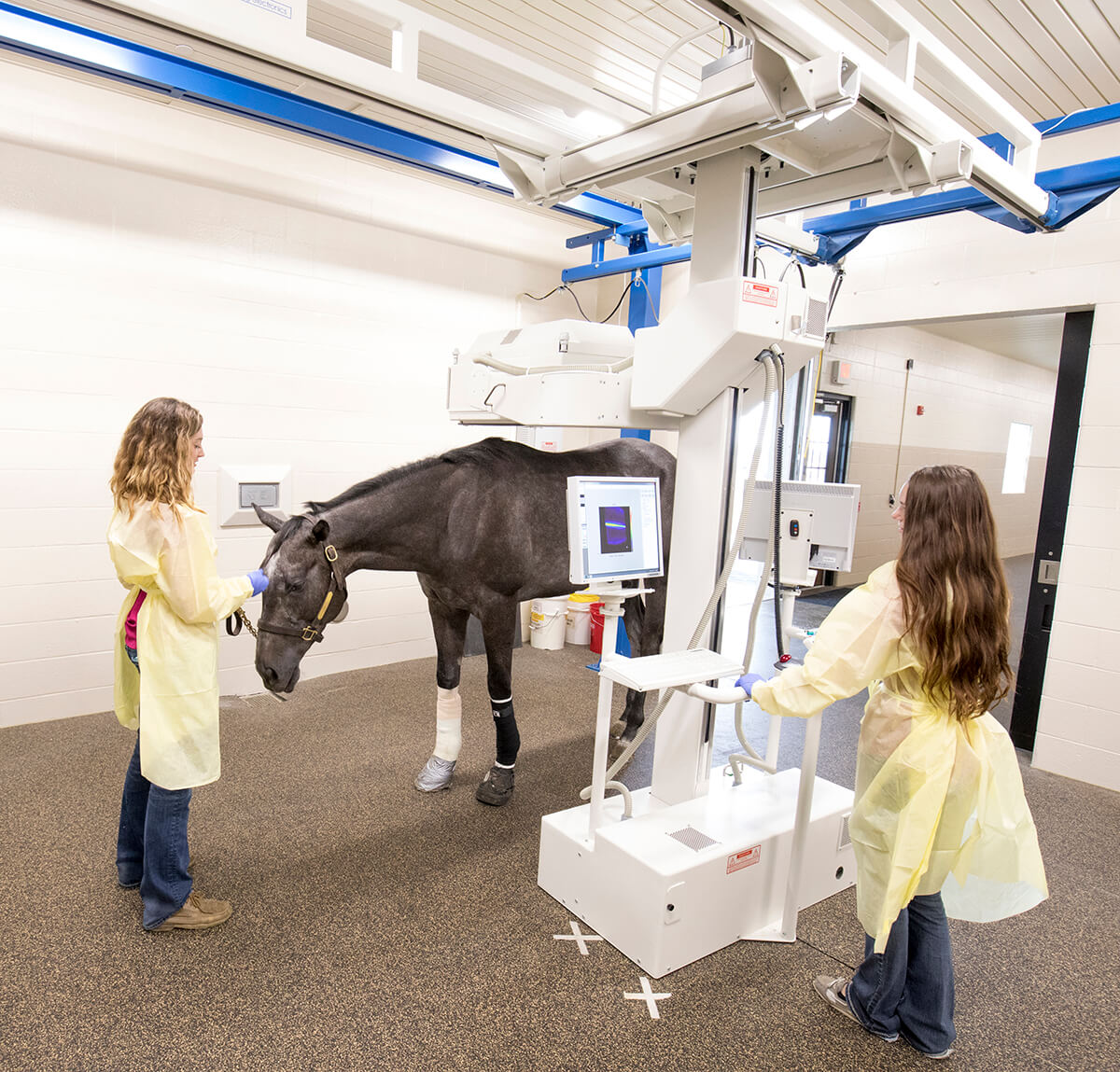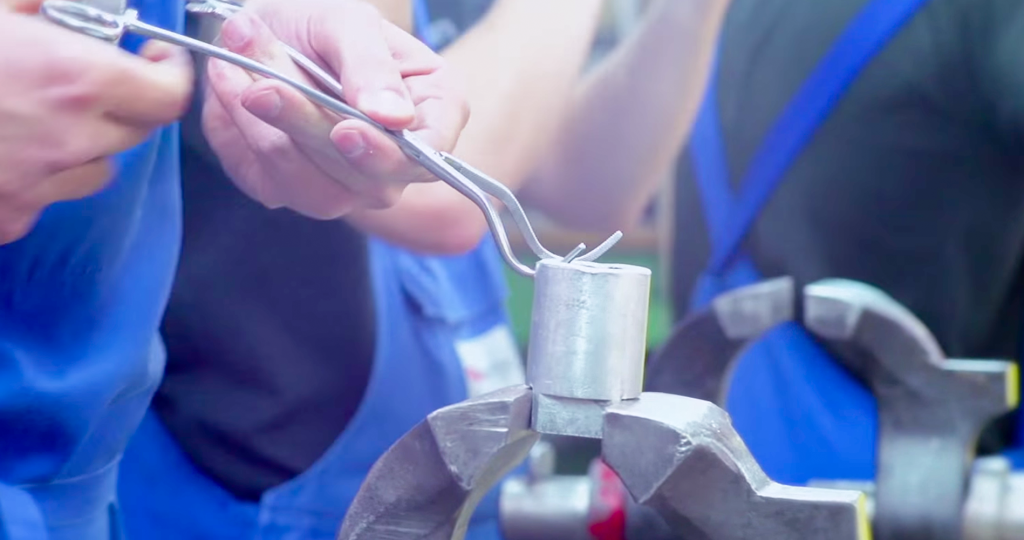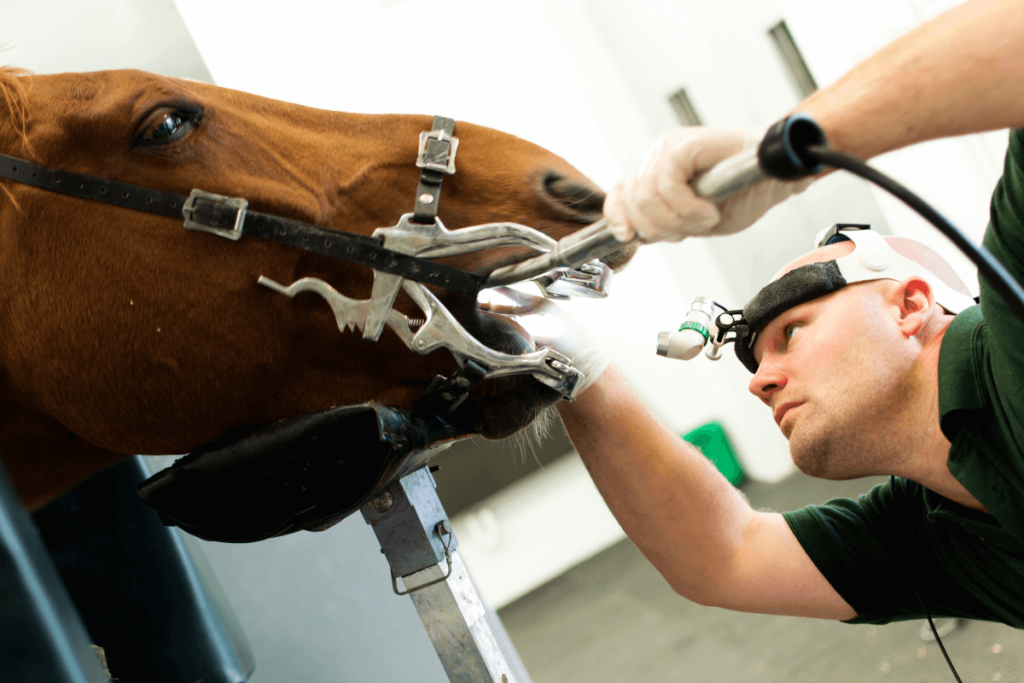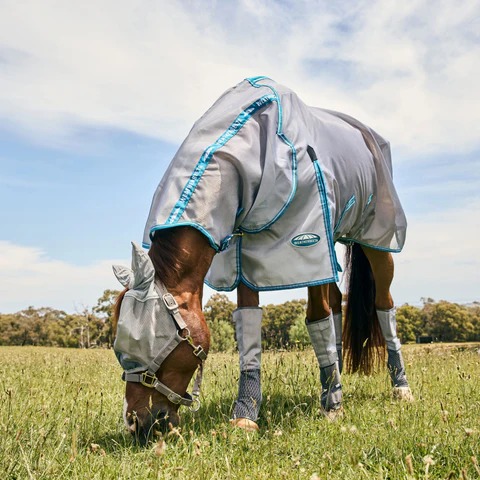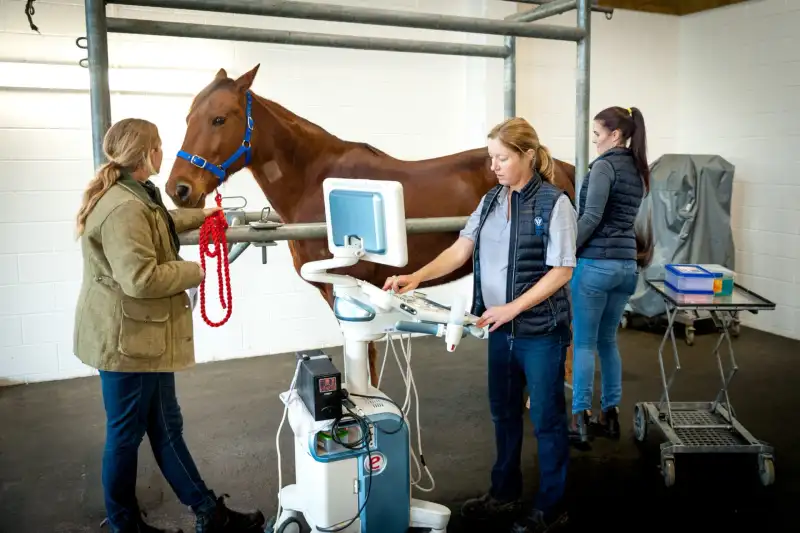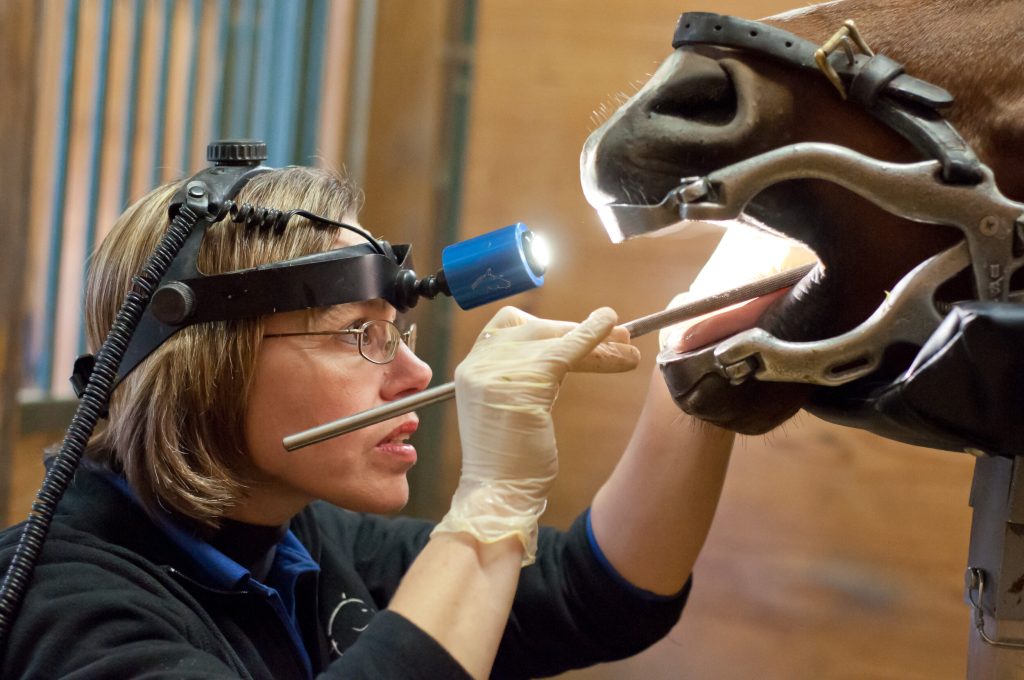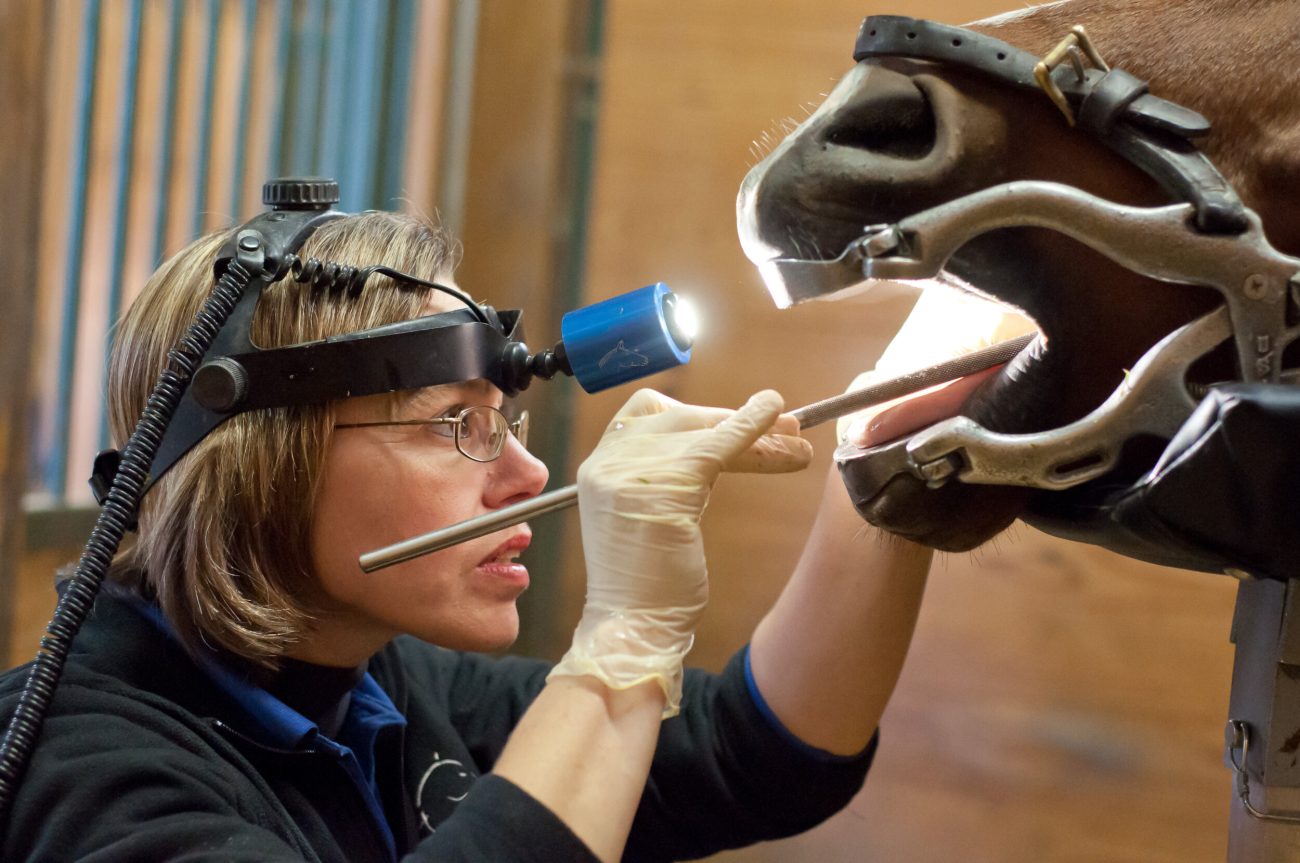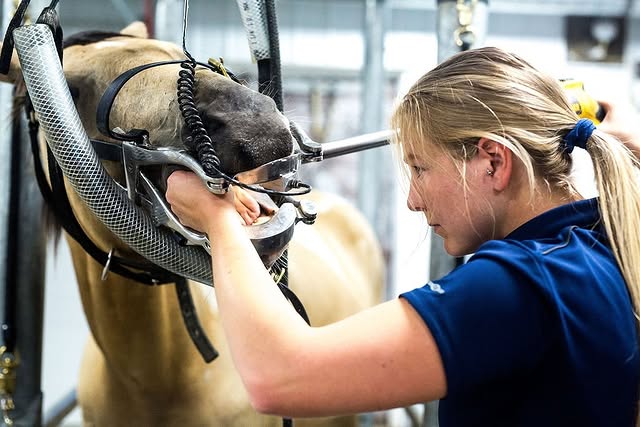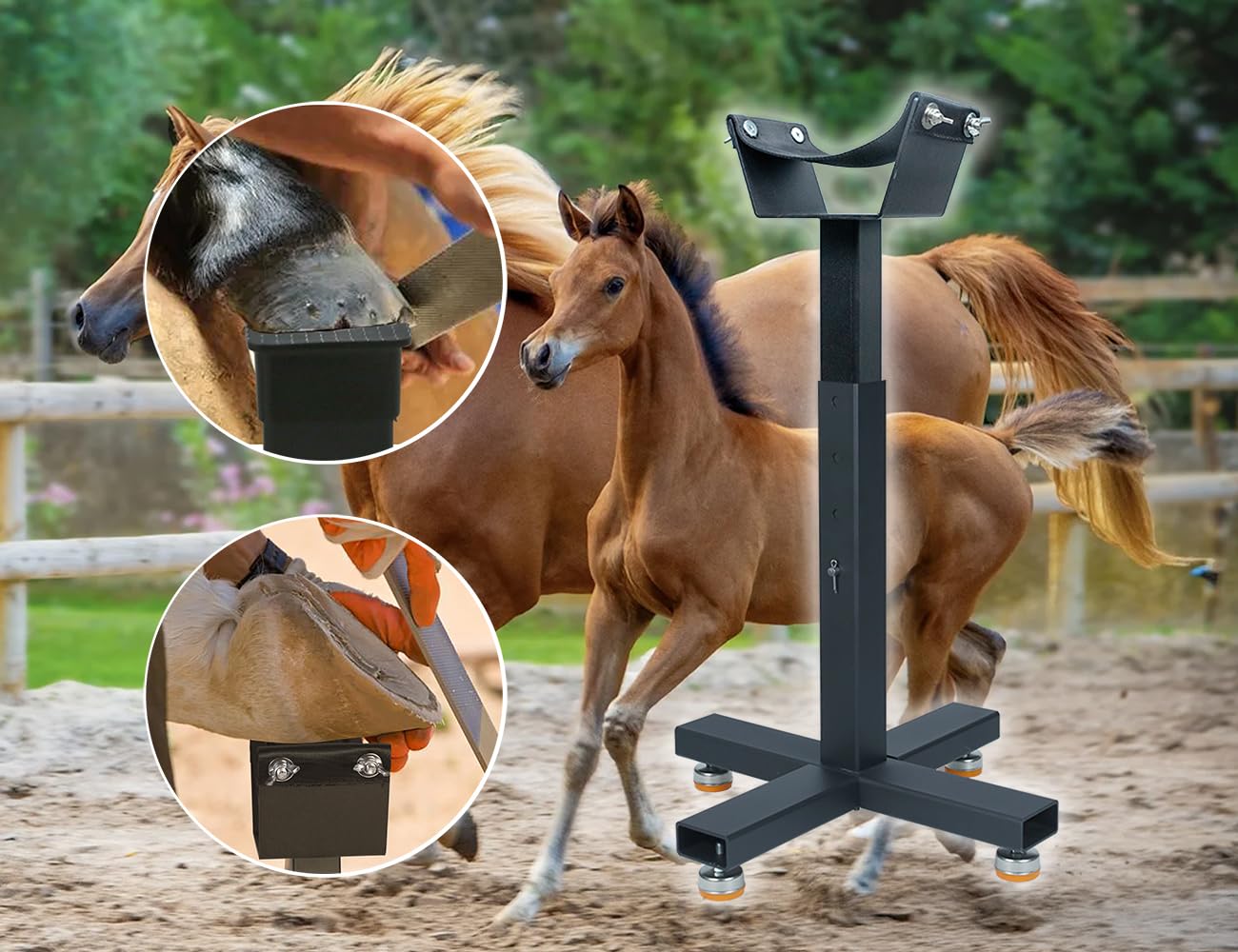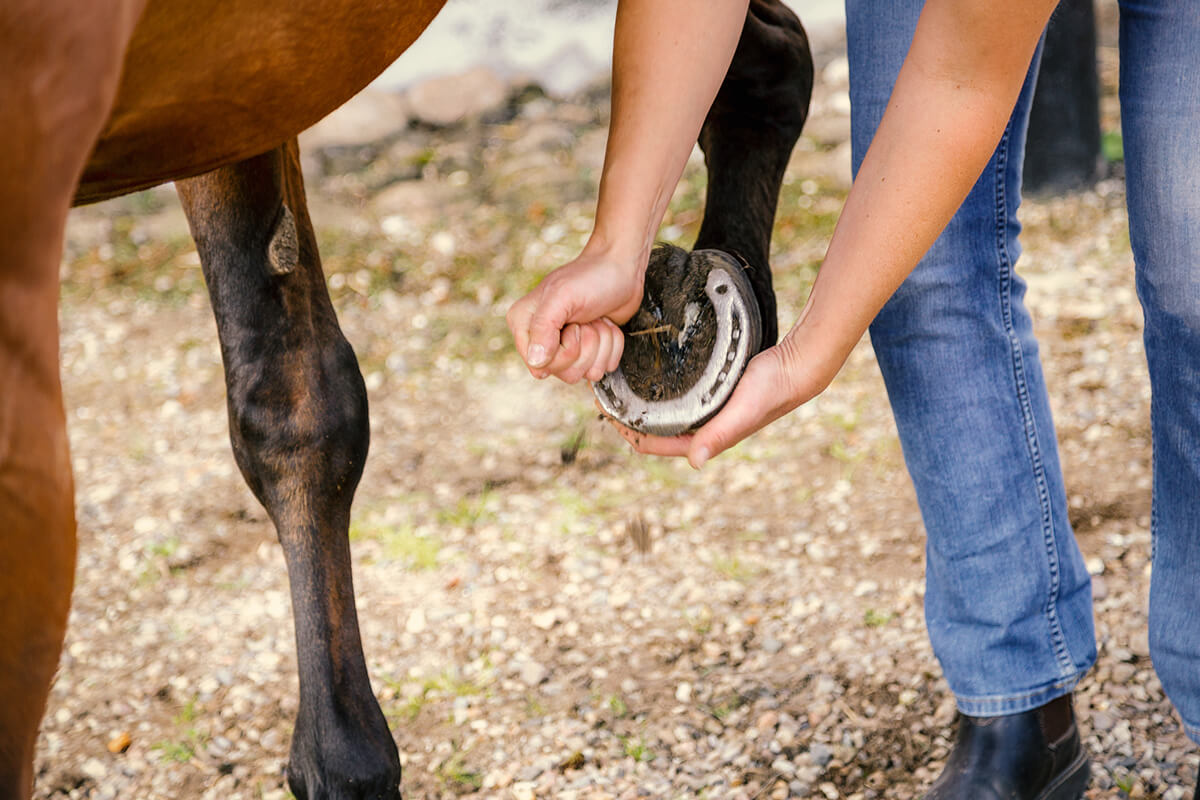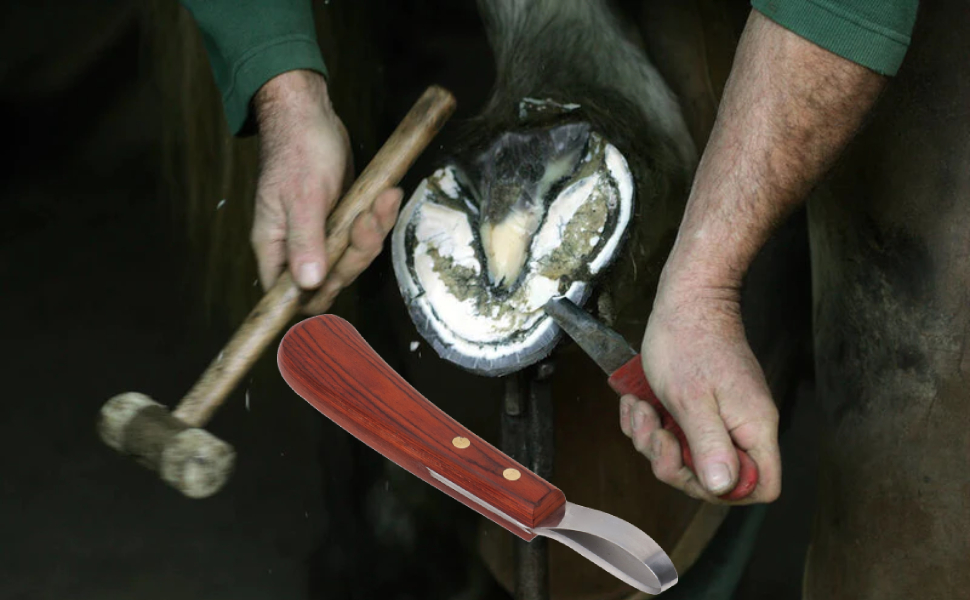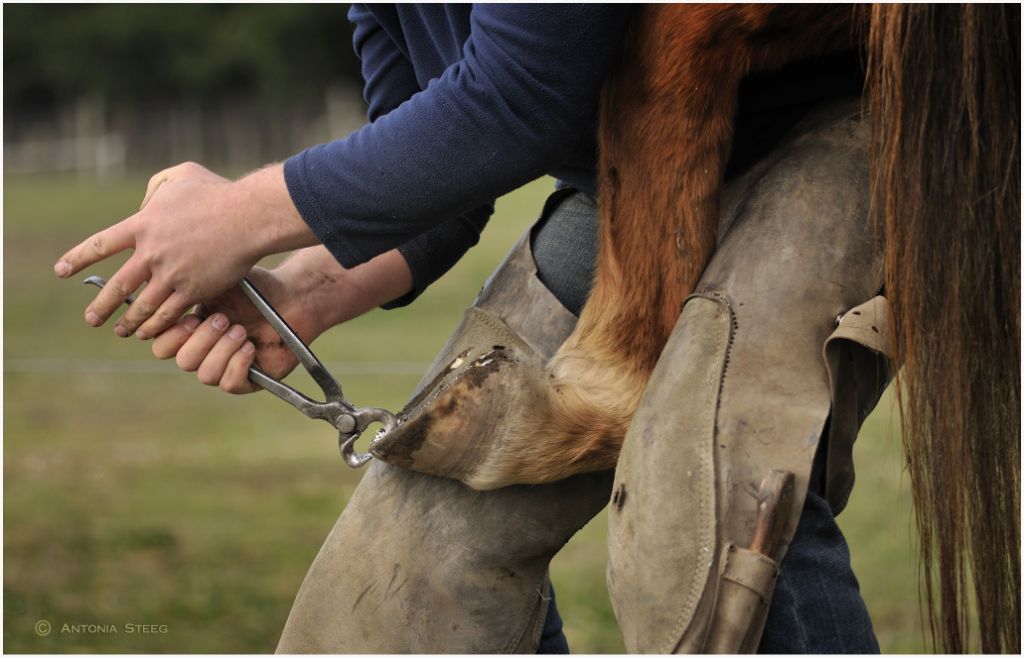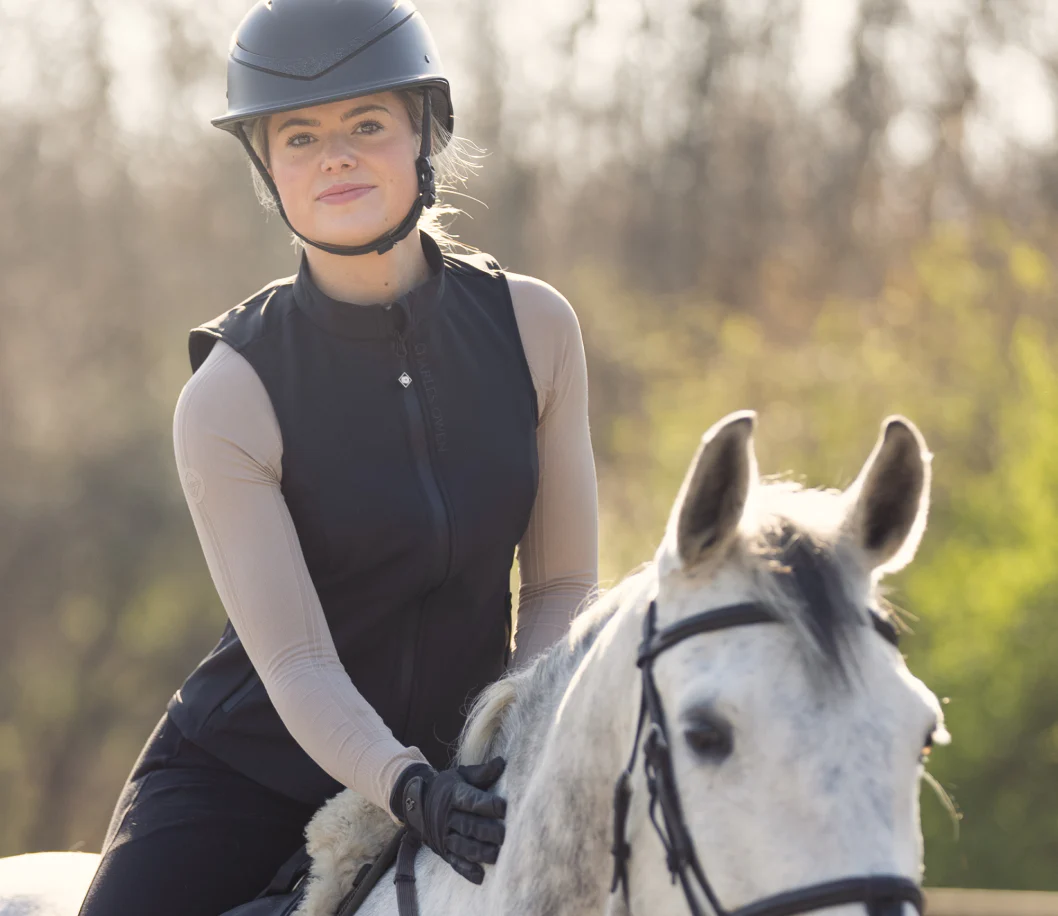Keep Calves Warm and Healthy: The Importance of Calf Jackets
Raising healthy livestock starts from day one. Newborn calves are especially vulnerable to cold, stress, and disease in their early weeks. One simple yet effective way to protect them is by using calf jackets. At BL Veterinary Instruments, we offer high-quality, durable, and weather-resistant calf jackets trusted by farmers and livestock handlers worldwide.
❄️ Why Calf Jackets Are Essential
Newborn calves have limited ability to regulate body temperature, especially in colder months or drafty barns. Exposure to cold can lead to:

- Low weight gain
- Increased risk of illness (like pneumonia)
- Weak immune response
Calf jackets provide a warm barrier against the elements, helping calves stay comfortable, grow faster, and stay healthier.
🔍 Key Features of Our Calf Jackets
Our calf jackets are designed with farmers’ needs in mind:
- Insulated and weatherproof fabric for harsh climates
- Adjustable straps and buckles for a secure fit
- Breathable lining to avoid overheating
- Durable stitching for long-term use
- Easy-to-clean material for barn convenience
Whether you’re managing a small herd or a commercial dairy operation, these jackets improve calf survival and overall performance.
✅ Benefits of Using Calf Jackets
- Boosts early weight gain
- Reduces cold stress and energy loss
- Supports better immunity and lower medication costs
- Provides comfort and protection during harsh weather
- Enhances animal welfare and productivity

📈 Who Should Use Calf Jackets?
- Dairy farmers
- Cattle ranchers
- Livestock breeders
- Veterinary professionals
- Calf rearing specialists
🛒 Why Choose BL Veterinary Instruments?
Our calf jackets are field-tested, cost-effective, and backed by professionals who understand the needs of both animals and handlers. We combine innovation with durable craftsmanship to deliver jackets that perform in real-world conditions.
🌟 Final Thoughts
Calf jackets are a smart investment in your herd’s future. They help calves thrive from the start, leading to stronger, healthier animals and better long-term results. Explore our collection today and give your calves the care they deserve.
